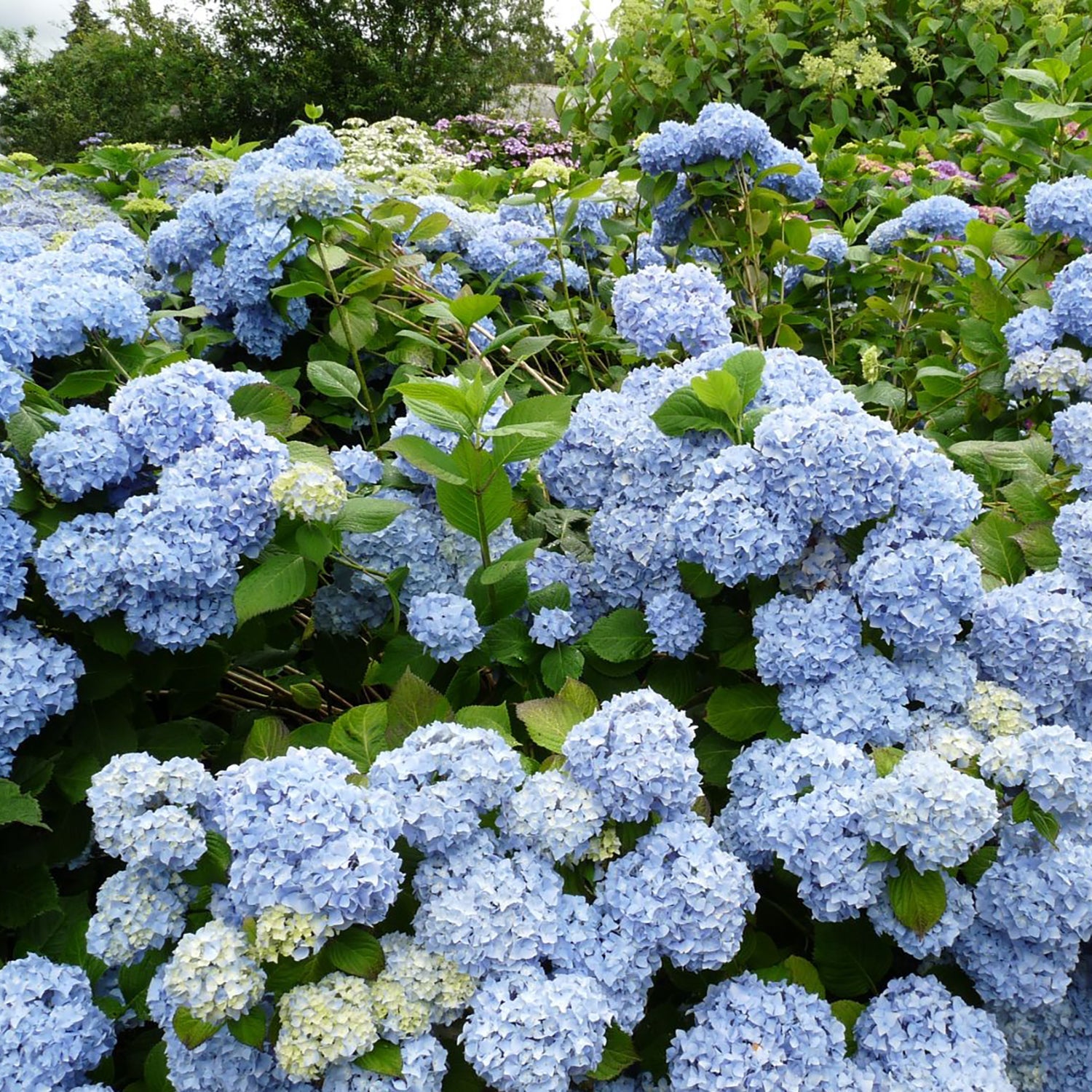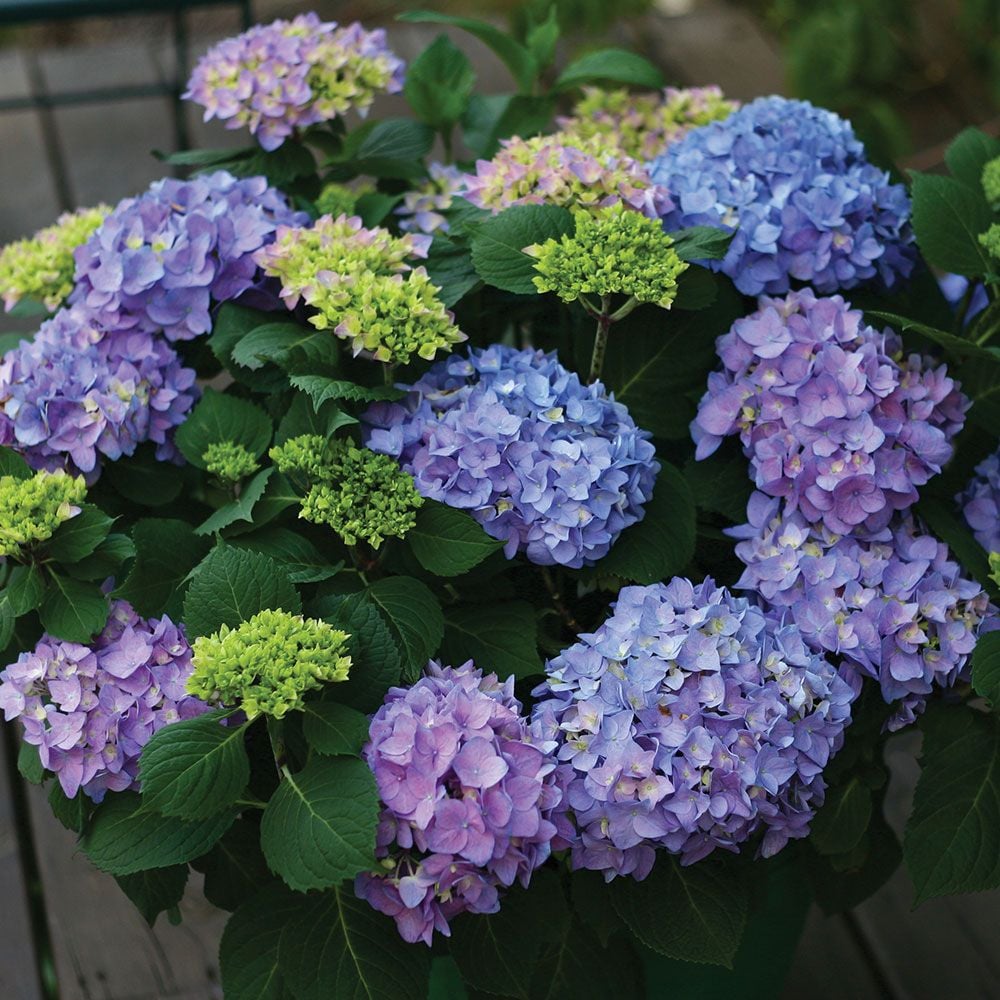Rhythmic Blue Hydrangeas: The Showstoppers Of Your Garden
Rhythmic Blue Hydrangeas: The ShowStoppers of Your Garden
Hydrangeas are some of the most popular flowering shrubs in the world, and for good reason. They come in a wide variety of colors, sizes, and shapes, and they can add a touch of elegance and beauty to any garden.
But if you're looking for a truly showstopping hydrangea, then you need to consider the rhythmic blue hydrangea. These stunning shrubs are known for their large, round flower heads that can reach up to 12 inches in diameter. The flowers are a deep blue color, and they often have a slightly wavy or ruffled edge.
Rhythmic blue hydrangeas are a relatively new variety, but they're quickly gaining popularity. They're perfect for adding a touch of drama to your garden, and they're also relatively easy to care for.
In this blog post, we'll take a closer look at rhythmic blue hydrangeas. We'll discuss their history, their care requirements, and how to get the most out of them in your garden.
History of Rhythmic Blue Hydrangeas
Rhythmic blue hydrangeas were first developed in Japan in the 1990s. They were created by crossing two other varieties of hydrangeas, the Endless Summer and the Blue Wave. The result is a shrub that combines the best qualities of both parents.
Endless Summer hydrangeas are known for their long blooming season. They can bloom from early summer to late fall, and they're even known to rebloom in the spring. Blue Wave hydrangeas, on the other hand, are known for their deep blue color.
Rhythmic blue hydrangeas inherit the best qualities of both parents. They have a long blooming season, and they produce large, deep blue flower heads.
Care Requirements
Rhythmic blue hydrangeas are relatively easy to care for. They prefer full sun to partial shade, and they need well-drained soil. They're also relatively drought tolerant, but they'll do best with regular watering.
To keep your rhythmic blue hydrangeas healthy, you'll need to fertilize them once a year in the spring. You can use a balanced fertilizer, such as 10-10-10.
How to Get the Most Out of Rhythmic Blue Hydrangeas in Your Garden
Rhythmic blue hydrangeas are a great addition to any garden. They can be used as a focal point, or they can be planted in groups to create a stunning display.
If you're looking to get the most out of your rhythmic blue hydrangeas, here are a few tips:
- Plant them in full sun to partial shade.
- Provide them with well-drained soil.
- Fertilize them once a year in the spring.
- Water them regularly, especially during hot, dry weather.
- Deadhead spent flowers to encourage new blooms.
With proper care, your rhythmic blue hydrangeas will thrive for many years to come.
Conclusion
Rhythmic blue hydrangeas are a stunning addition to any garden. They're easy to care for, and they offer a long blooming season. If you're looking for a showstopping hydrangea, then you need to consider the rhythmic blue hydrangea.
FAQ of rhythmic blue hydrangea
Q: What are the best growing conditions for rhythmic blue hydrangea?
A: Rhythmic blue hydrangeas prefer moist, well-drained soil that is slightly acidic. They should be planted in full sun or partial shade. In hot climates, they may need some afternoon shade.
Q: How do I get my rhythmic blue hydrangea to bloom blue?
A: The color of rhythmic blue hydrangeas is affected by the pH of the soil. In acidic soil, the flowers will be blue. In neutral or alkaline soil, the flowers will be pink. You can add aluminum sulfate to the soil to lower the pH and encourage blue flowers.
Q: How do I prune rhythmic blue hydrangeas?
A: Rhythmic blue hydrangeas do not need to be pruned heavily. You can prune them in early summer after the first bloom. Remove any dead, diseased, or damaged branches. You can also prune to shape the plant.
Q: How long do rhythmic blue hydrangeas last?
A: Rhythmic blue hydrangeas are long-lived shrubs, sometimes living for up to 50 years if properly cared for.
Q: What are some common pests and diseases that affect rhythmic blue hydrangeas?
A: Rhythmic blue hydrangeas are susceptible to a few pests and diseases, including aphids, scale, leaf spot, and powdery mildew. You can control pests with insecticidal soap or neem oil. Diseases can be prevented by watering the plant regularly and keeping the leaves dry.
Image of rhythmic blue hydrangea
- Image 1: A large, lush hydrangea bush with blue flowers in full bloom. The flowers are arranged in a cascading pattern, and the leaves are a deep green.
- Image 2: A close-up of a single blue hydrangea flower. The petals are a deep blue, and the center of the flower is a darker blue.

- Image 3: A vase of blue hydrangea flowers. The flowers are arranged in a simple, yet elegant vase. The background is a white wall, which helps to highlight the blue of the flowers.
- Image 4: A field of blue hydrangea flowers. The flowers are in full bloom, and the field is a sea of blue. The background is a green forest, which provides a contrast to the blue of the flowers.
- Image 5: A blue hydrangea flower in a garden setting. The flower is surrounded by other flowers, including roses, lilies, and daisies. The background is a green lawn, which provides a contrast to the blue of the flower.


Post a Comment for "Rhythmic Blue Hydrangeas: The Showstoppers Of Your Garden"